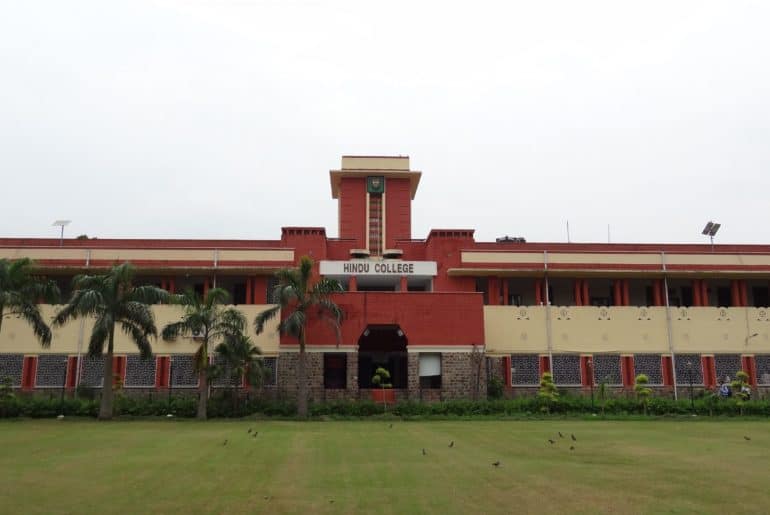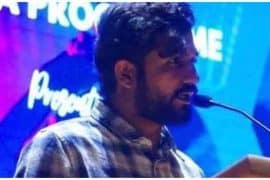The largely red building of the college glares at you on traversing the Delhi School of Economics and St Stephen’s college corridor. The premises are flanked by the Ridge forest on one side and the D School on the other. This part of Delhi has been the epicentre of the Indian freedom movement with Hindu College spearheading the student’s campaign majorly in the Quit India movement. The college was established in 1899 to counter the hegemonic control of the British over higher education in Delhi after the establishment of St Stephen’s college. Late Shri Krishan Dassji Gurwale, the founder of the college boasted of the secular and inclusive being of the institution when it functioned in a small establishment in Kinari Bazar before finally shifting to the current spot in 1953.
That the inclusive and liberal being of the college, although having undergone many reconfigurations has stayed intact is unmissable when one comes to the college during a festival or regular college days. The annual college festival Mecca, which succeeds in having major personalities every year has been the zenith of the institution’s liberal being when an entrant is allowed inside the premises without any hassle to witness motley range of events in the state of the art infrastructure of the college. The Virgin tree Pooja that happens every 14th of February also sustains the diverse aesthetics of the institution. A student of the college can visit any part of the college, attend classes of other departments, make public engagements with students and organise academic events in a relatively easy fashion. You’d find a unique activity once a week around the student centric area of Pizzas and More (PAM) ranging from sponsored events and society promotions.
The Parliament of Hindu College, which is the student body here, has inculcated political acumen in the students as a result of which major political organisations at the varsity like ABVP, NSUI, AISA and SFI strategically position themselves in the ecosystem of the college to start political conversations. Being a student of the college, I constantly feel the repercussions and calls for student movements that happen in any part of the varsity. At the college level, the political environment calls for polarisation between majorly two sides that consolidate themselves and then contest for the parliamentary elections.
Interesting is the fact that departments like History and English have their own libraries which aim at furthering the academic interests of students. The Bharat Ram Centre, the cultural square of the college boasts a gothic style art gallery and is right at the centre of a magnificent garden. Art and photography exhibitions are a common sight in this area. The Bharat Ram Centre garden offers a composed atmosphere to have conversations and read books. The college canteen on the other hand symbolises a euphoric being of the college life at Hindu.
The institution boasts one of the largest sports grounds in the varsity with a sports centre, gymnasium and facilities for indoor sports being inheritances from the Common Wealth Games 2010, whose centre for the rugby sevens was the varsity. You’ll find many students playing volleyball and basketball in their breaks in the field. The college functions on the philosophy of letting the students decide the path to their own academic and co-curricular brilliance on the sidelines of having a system of administrative checks and balances.
Sidharth Yadav
[email protected]





Comments are closed.